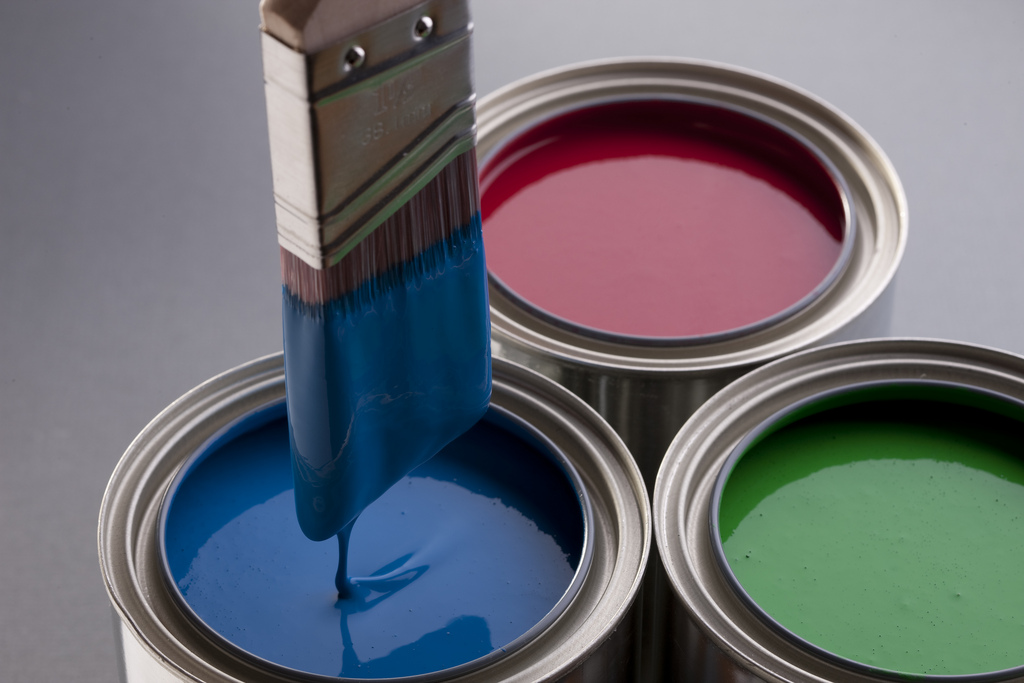Going into the paint section of your local home improvement store can be daunting. Row after row of paints with different descriptions and colorful stickers make it nearly impossible to figure out exactly what paint you need to complete your project. Here are a few tips about the types of paint you can choose from and what makes them different:
Primer
You should always use a primer to protect the layer underneath your paint and provide a base of neutral color for paint. There are oil-based primers and latex primers. If your final coat paint is an oil-based paint, an oil-based primer might be right for the job. Latex primers are fairly universal and work for most applications. Primers ensure the longevity of your paint job.
Flat finish coat
These are latex based and normally used for walls and ceiling paint jobs. You can find flat coats in several different formulations and can build color with several layers.
Eggshell finish coat
An eggshell paint has a shimmer to it, but is not as glossy as a semi-gloss. Interior wooden surfaces do well with the eggshell paint and generally need two coats to look evenly coated.
Gloss and satin finish coat
These finishing descriptions are shiny and used on wooden and metal applications. Some are solvent based and some are latex based. Choose latex for lighter colors, as they are less liable to yellow with age. You won’t find as much of a glossy finish with latex as with solvent-based paints. Use these paints for both interior and exterior paint jobs as they are extremely durable. Some formulations may be specially made for exterior use, but any will do. Apply these types of paint in a single, even coat over primer.
Terms to know
A solvent in paint is normally mineral spirits or paint thinner, and it is used as a binder for the color of the paint, which is normally oil based. Water based paints are labeled as latex or acrylic and use water as the binder or solvent. Be very careful if you use a solvent-based paint, as there are regulations on how to dispose of them.
Choose your paint based on how much wear you expect the surface of your paint job will take over time as well as the interior or exterior décor you plan to use in conjunction with the style. Bedrooms tend to be better suited for flat or non-glossy paints while main living areas may be more suited for high gloss or satin finishes. Always get a paint sample to see exactly how a paint will look when dry, and test paint out on a wall area before choosing to buy enough paint to cover your surfaces.
There are also many brands to choose when looking at paints. Pick a couple of samples from different brands to see the difference in how paint lays on the surface. There are several high-quality brands, but ultimately, your paint job should be based on what looks best for the job you are completing.



